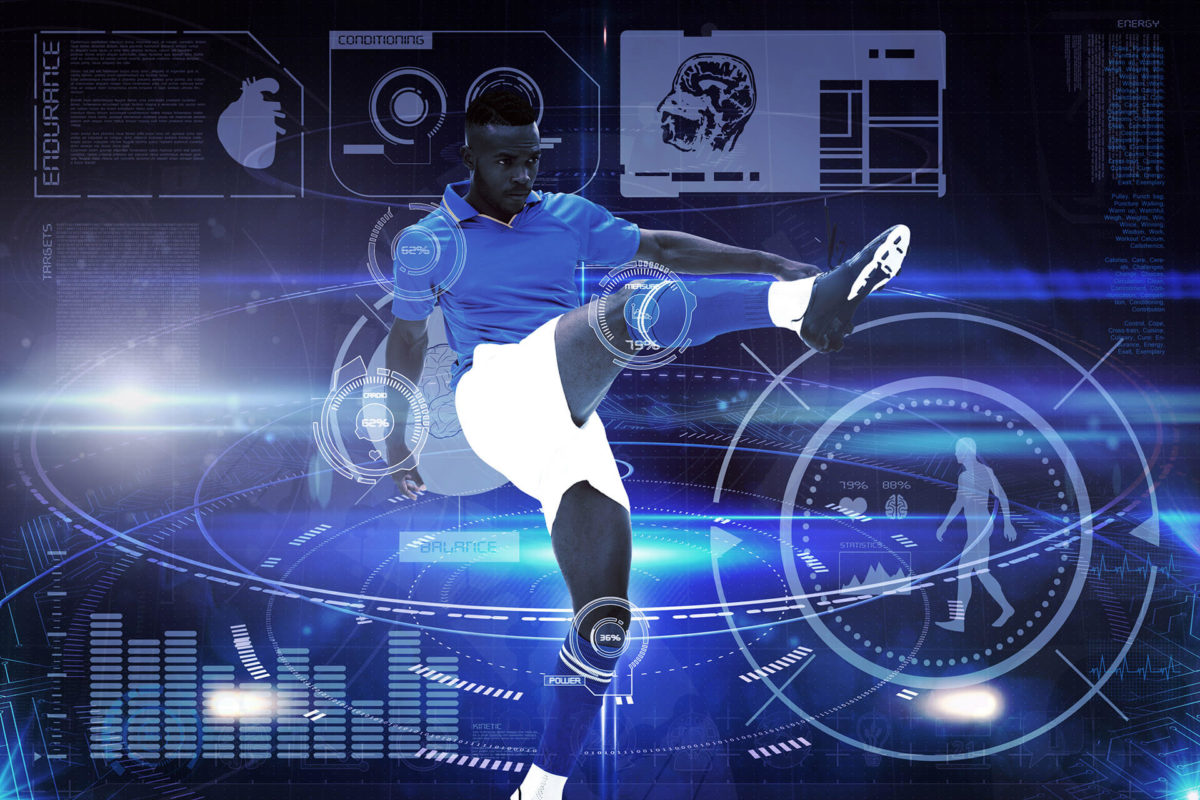In the 1980’s electronic systems to collect data got installed in Formula 1 cars (Wooden, 2019). At the time the storage was limited because they could only store data for one lap. By now, 30 years later, it is the biggest data dependent sport where one mistake can be the difference between victory or defeat (Marr, 2017). This data driven approach has trickled down to other sports as well and the fans are consuming more analytical content than ever (Steinberg, 2015). The data gathered in sports can be categorized in three levels: public data, company data and personal data. In this blog the implications on sports of the different levels data will be discussed.
As stated before, sport fans are provided with a high number of statistics during a game. These statistics that seems very common now were first provided on the internet by fans themselves and are generated with public data (Slaton, 2012). Through this, fans got better educated and gained a deeper understanding of their favourite sports. One of the first things being tested was how big a home advantage for clubs could be and with that the effect on their seasonal performance (Kucharski, 2016). This better education of fans created a big change in the betting industry because fans were able to bet more accurately (Hancock, 2019).
These simple predictions with public data also inspired pioneers like Bill James to compose teams based on individual player statistics (Slaton, 2012). The greatest break through of this method happened with Billy Bean and his ‘MoneyBall’ method, which caused the baseball industry to entirely change its scout model and start gathering statistics themselves (Kucharski, 2016).
The data gathered by clubs themselves is mainly generated during practices (Steinberg, 2015). During matches players get equipped with GPS trackers to monitor their movements, analyse them and create better strategies (Marr, 2017). In addition to that, new technological advances enable the analytics teams to extract insights from unstructured data like videos (Steinberg, 2015). Because of this, clubs are able to optimize their teams and generate customized strategies for different opponents. However, clubs with the greatest resources tent to benefit the most from these technological advances and with that the gap between top clubs and the less resourceful ones increases even more. Furthermore, it contributes to a less fair competition (Malone, 2019).
Another issue regarding fair play is raised about injuries and their recovery. Not only during practices but also during other activities, data of players gets collected. There is a concern that transfer prices of players will be manipulated because third parties can not access that information (Marr, 2017). This also raises question about the ownership of data. A recent example is the transfer of Gareth Bale from Tottenham Hotspur to Real Madrid. Although it was clear that Bale was the star team, it turned out that Musa Dembélé had the greatest impact on results (Kucharski, 2016).
The data generated during practices can be classified as data of the club, but as mentioned before, it does not stop there. With the rise of smartwatches data of players can be collected 24/7. As a result, hours of sleep, movement and other factors. The clubs pay the players to perform at their best, but currently there is a thin line between private data and club owned data (Marr, 2017). On the contraire, there are individual sports, like tennis, where players can completely benefit themselves of all the data but with that are also responsible for equipping themselves with it. With this, the fear for unfair competition is even bigger in individual sports.
It is clear that data and analytics have improved decision making in sports and that these decisions will be further optimized in the future. However, the collection of data is dependent on the resources a club or individual player possesses. This discrepancy will probably cause an even bigger gap between the top and the rest. Furthermore, the ownership of data is still in a premature phase and guidelines and rules are needed to protect players. If this happens, the clubs, players and fans will all be winners.
References
Hancock, A. (2019). Sports data groups battle over lucrative rights | Financial Times. Retrieved 4 October 2019, from https://www.ft.com/content/395d3de4-e08a-11e9-9743-db5a370481bc
Kucharski, A. (2016). How science and statistics are taking over sport. Retrieved 4 October 2019, from https://www.newstatesman.com/politics/sport/2016/04/how-science-and-statistics-are-taking-over-sport
Kumar, S. (2018). 6 Ways Augmented Reality Is Disrupting The Sports Industry : ARP. Retrieved 4 October 2019, from https://www.augrealitypedia.com/augmented-reality-sports/
Malone, E. (2019). Uefa financial report highlights growing gap between rich and poor. Retrieved 4 October 2019, from https://www.irishtimes.com/sport/soccer/uefa-financial-report-highlights-growing-gap-between-rich-and-poor-1.3762998
Marr, B. (2017). The Big Risks Of Big Data In Sports. Retrieved 4 October 2019, from https://www.forbes.com/sites/bernardmarr/2017/04/28/the-big-risks-of-big-data-in-sports/
Slaton, Z. (2012). Game Changer: MCFC Analytics Releases Full Season of Opta Data for Public Use. Retrieved 4 October 2019, from https://www.forbes.com/sites/zachslaton/2012/08/16/game-changer-mcfc-analytics-releases-full-season-of-opta-data-for-public-use/#72ab255e6c19
Steinberg, L. (2015). CHANGING THE GAME: The Rise of Sports Analytics. Retrieved 4 October 2019, from https://www.forbes.com/sites/leighsteinberg/2015/08/18/changing-the-game-the-rise-of-sports-analytics/#34e8204a4c1f
Wooden, A. (2019). How Big Data And Analytics Power Formula 1. Retrieved 4 October 2019, from https://www.intel.co.uk/content/www/uk/en/it-management/cloud-analytic-hub/big-data-powers-f1.html


